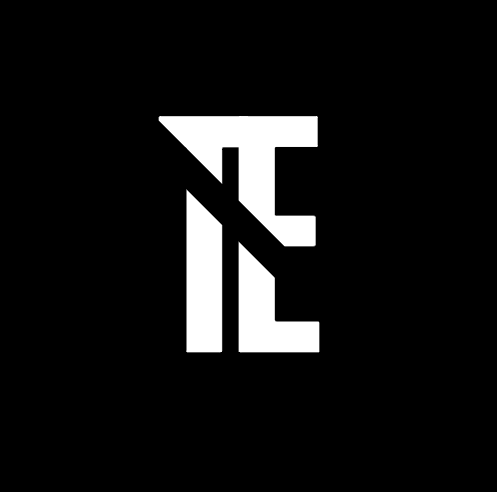Cloud Development Kit (CDK) environments present a robust mechanism for developers to define cloud-based infrastructure. However, the increasing popularity also comes with heightened security threats. This guide will discuss the common types of cyber attacks targeting CDK systems, advanced threats, the measures for protection, and finally, some of the tools that provide enhanced security monitoring within the CDK environment.
Key Types of CDK Cyber Attacks
The complexities of deployment, especially in the cloud, place CDK environments at risk of a number of attack types. Familiarization with these threats can improve the defensive posture of the given infrastructure.
- Injection of Code: The introduction of some piece of code into a CDK environment occurs here through a code injection attack, which often targets weak points in dependencies or unprotected places in user inputs.
- Exploiting a Misconfiguration: Attackers are able to infiltrate the systems easily where there is a leak of configuration resources that would have otherwise protected critical information.
- Elevation of Privileges: Patching vulnerabilities affords a level of unauthorized access that allows one to change or reach resources that are otherwise restricted knobs in the cdK environment.
- Data Exfiltration: Information residing in the Cloud Development Kit (CDK) is accessed by hackers via control evasion techniques inducing control over sensitive information, which is later taken out.
Advanced Threats and Attack Vectors
It is also apparent that in addition to the common attacks that CDK environments suffer, there are also worse threats, for example, the following:
- Supply Chain Attacks: CDK systems are also CDS attacks whereby the CDK application bears an embedded virus courtesy of external sources and concealed elements like foreign code libraries, which are not usually checked by most security systems.
- Zero Day Exploits: the term refers to an attack perpetrated on a vulnerability that is not known to any of the parties involved in the system’s function.
- Automated Bot Attacks: With a target CDK environment, malicious bots can break into the system by scanning for any open and hacked endpoints and exploiting them, especially endpoints that are forgotten and left unprotected.
Best Practices to Protect CDK Environments

Securing any of the CDK environments does not come easy. It requires anticipatory and constant measures. Here are some measures worth considering:
- Make sure dependencies are updated in time. Make sure to always use the most recent versions of libraries and frameworks in order to protect against the exposure of known threats.
- Least privilege access control: ensure that all users are granted the bare minimum of rights necessary to complete their assigned tasks, ensuring that the potential impact of malicious activity is kept to a minimum.
- Implement Strong Access Controls: Protect critical information using multifactor authentication (MFA) and employ role-based access control (RBAC).
- Perform periodic audits: Check and review the settings and permissions in the CDK environment on a regular basis to assess any possible threats.
- Security Testing Should Be Automated: Add security testing processes to the CI/CD lifecycle to identify weaknesses in the system before production.
Tools for CDK Security Monitoring
In order to maintain a proper level of security for CDK, the use of a monitoring tool is a must. Check the following tools for effective and ongoing defense:
- AWS Security Hub: serves as a centralized point for security alerts and compliance for CDK-based resources and integrates very well.
- GuardDuty: An AWS service that helps identify anomalies in user activities and threats and sends alerts to the appropriate people to take action on those threats.
- Open-source Alternatives: Solutions such as Falco or OSSEC work as fitted abuse detection and monitoring systems for CDK platforms.
Conclusion
We must understand that securing CDK environments from any form of cyberattack is of great importance to companies that reside on the cloud. There is a great deal that one can do to fortify the defenses of the CDK against cyber attacks, which include understanding the types of attacks, knowing the attacks will be more sophisticated, applying the recommendations, and employing the CDK security monitoring tools.
FAQs
What are common CDK vulnerabilities?
Vulnerabilities in the CDK include misconfigurations, outdated libraries, and a lack of strong enforcement of access control mechanisms.
How often should I audit my CDK environment?
Assessments should take place at at least quarterly intervals or following any significant events or changes, with constant supervision advised.
What is a CDK environment?
The environment of the Cloud Development Kit (CDK) is a development tool that helps developers design, create, and implement virtual resources in the cloud programmatically.
How can I prevent code injection attacks in CDK?
To combat the threat of injections, it is advisable to periodically check any code libraries for defects and weaknesses, control all data inputs, and code responsibly.
Which tools work best for CDK security?
In addition to open-source solutions such as Falco for real-time threat detection, AWS Security Hub and GuardDuty also help to secure and monitor the CDK environment.




